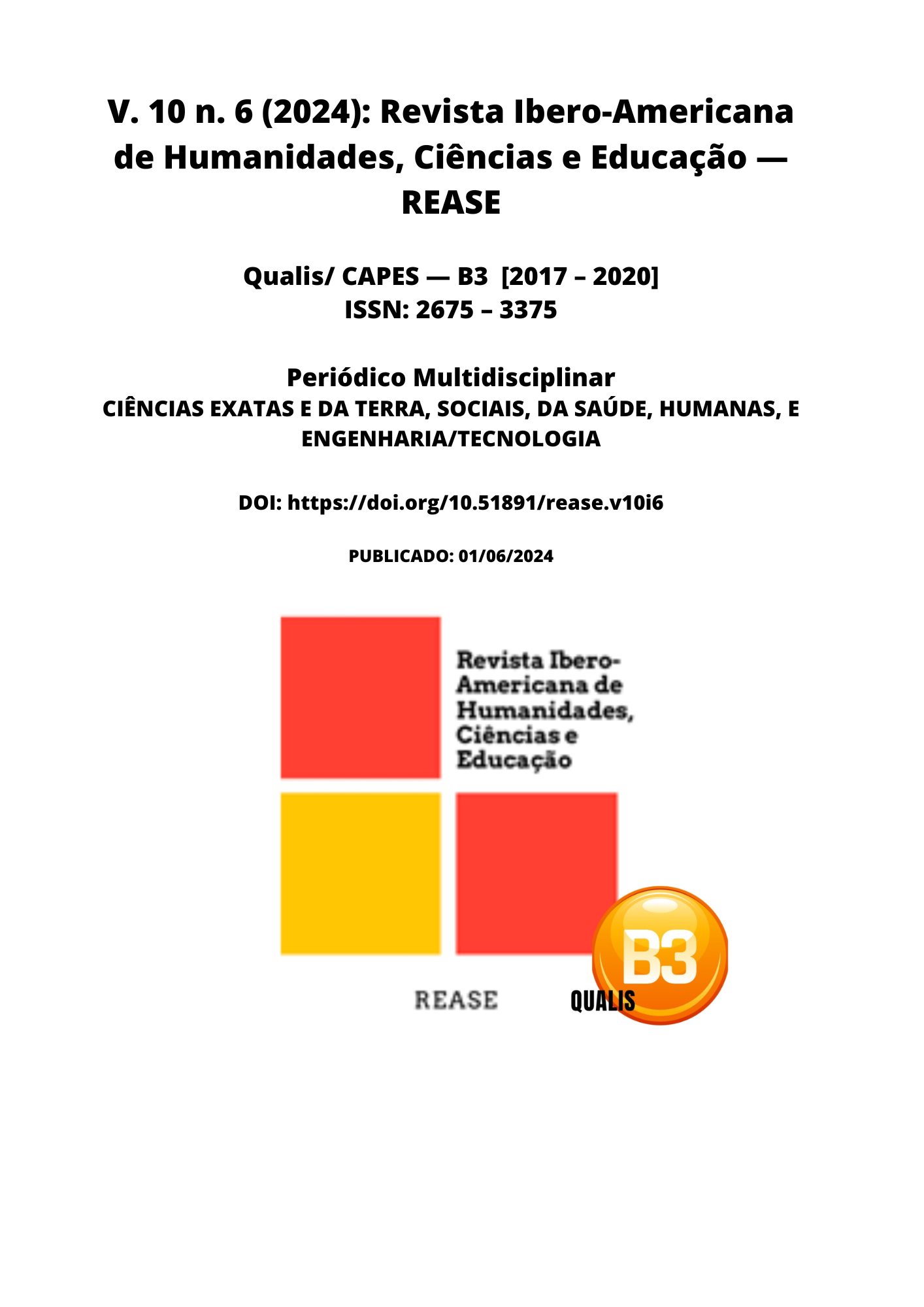SEDATION AND ANALGESIA IN THE ICU: CURRENT PROTOCOLS AND BEST PRACTICES
DOI:
https://doi.org/10.51891/rease.v10i6.14764Keywords:
Sedation. Analgesia. Intensive Care Unit.Abstract
Sedation and analgesia are fundamental components in the management of critically ill patients in intensive care units (ICUs), being essential for pain relief, anxiety reduction and facilitation of invasive procedures. This integrative review aims to synthesize current protocols and best practices for sedation and analgesia in ICUs, based on the most recent evidence to optimize care and improve patient outcomes. A comprehensive integrative review was conducted, including studies published between January 2010 and June 2023. Data sources included PubMed, Cochrane Library, Embase, CINAHL and Scopus. Inclusion criteria included studies in English, Portuguese and Spanish, focused on adult ICU patients and addressing pharmacological agents, monitoring strategies and non-pharmacological interventions. Studies with pediatric populations and those focused exclusively on specific conditions were excluded. The methodological quality of the studies was assessed with appropriate tools for each type of study, and the data were extracted and analyzed qualitatively. Propofol, midazolam, dexmedetomidine, and ketamine are widely used, each with specific efficacy and safety profiles. Dexmedetomidine stands out for reducing the incidence of delirium and preserving respiratory function. Scales such as RASS and BPS are commonly used, complemented by objective tools such as the bispectral index (BIS) for a more accurate assessment of deep sedation. Psychological techniques, modification of the care environment, and early mobilization are effective in reducing agitation, preventing delirium, and improving functional recovery. Evidence-based protocols are associated with a reduction in the incidence of delirium, decreased duration of mechanical ventilation, and shorter hospital stay. The findings reinforce the importance of a personalized and multidisciplinary approach to the management of sedation and analgesia in ICUs. The selection of pharmacological agents should be individualized, and continuous monitoring is crucial to adjust therapies appropriately. Nonpharmacological interventions play a significant role in improving clinical outcomes. Implementing standardized, evidence-based protocols is essential to optimize care for critically ill patients. The review highlights that effective management of sedation and analgesia in ICUs, when based on updated protocols and personalized treatment, can significantly improve patient outcomes. Continuous education of healthcare staff and the adoption of accurate monitoring strategies and non-pharmacological interventions are essential to provide high-quality care. Continuous research and updating of clinical practices are necessary to maintain and improve standards of care in ICUs.
Downloads
Downloads
Published
How to Cite
Issue
Section
Categories
License
Atribuição CC BY

